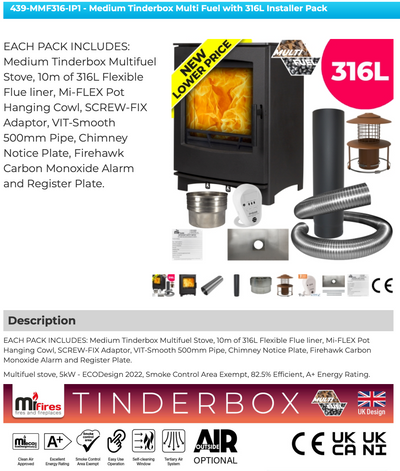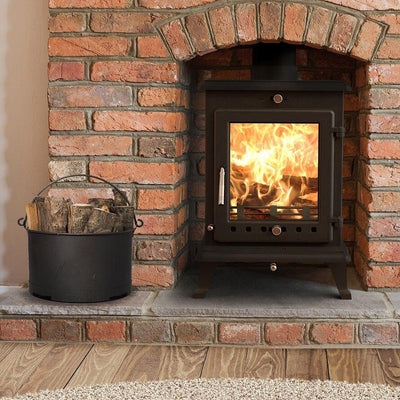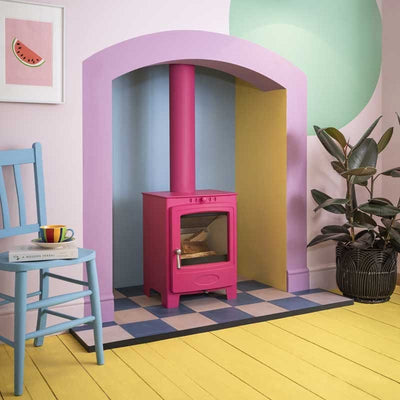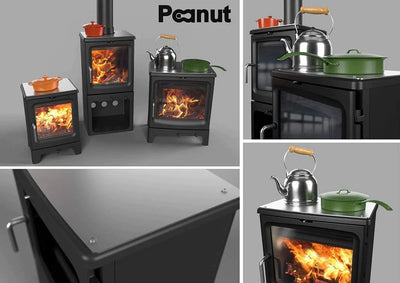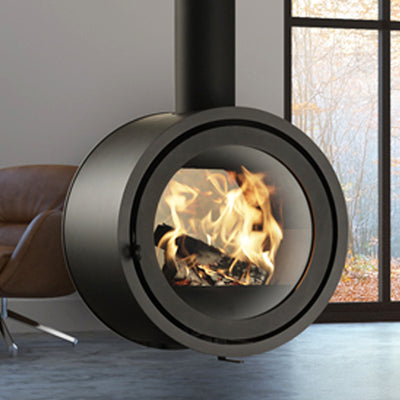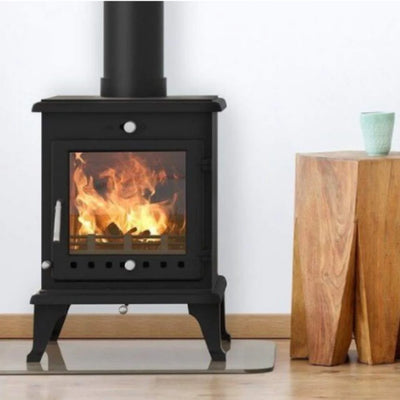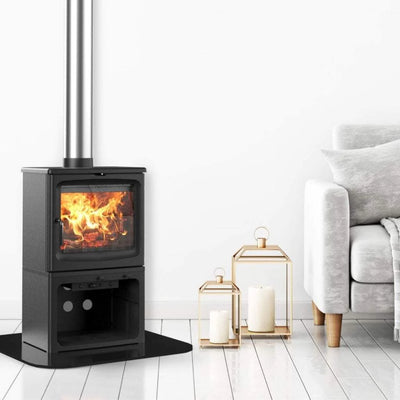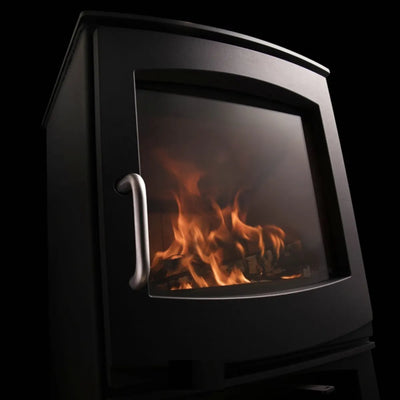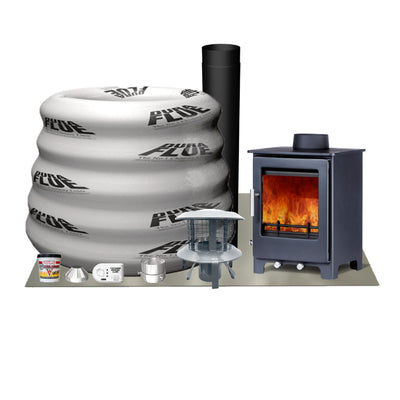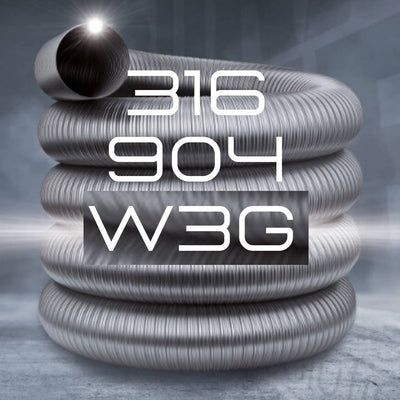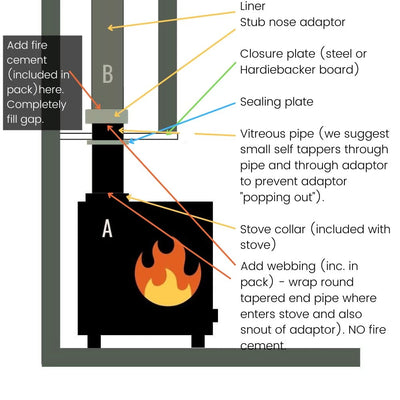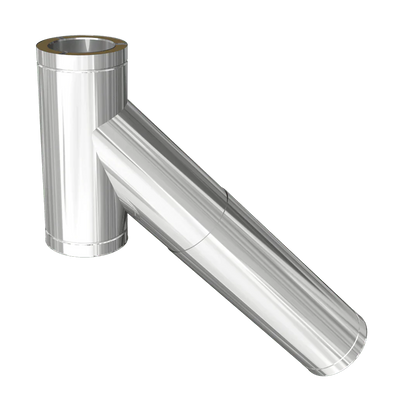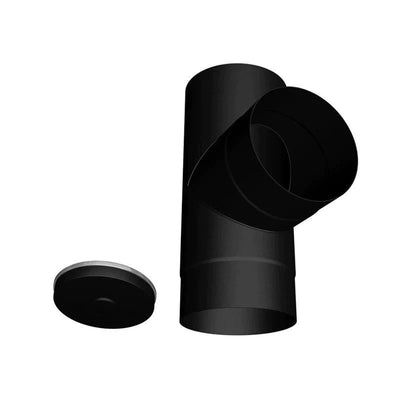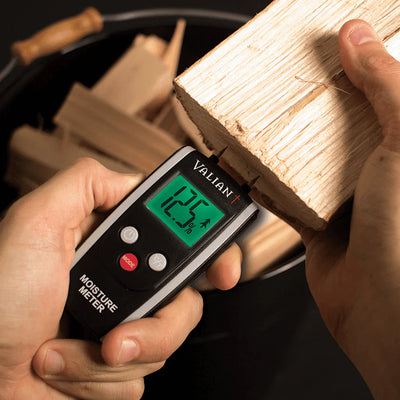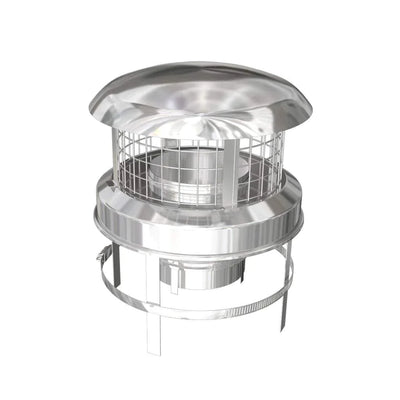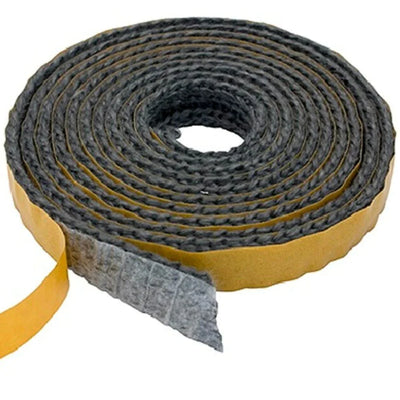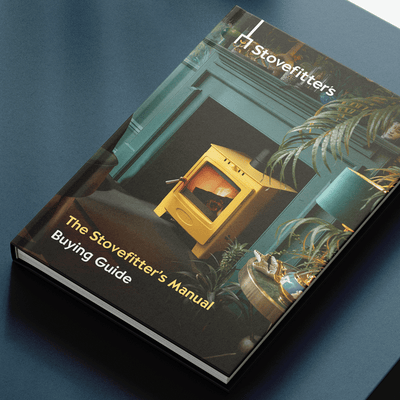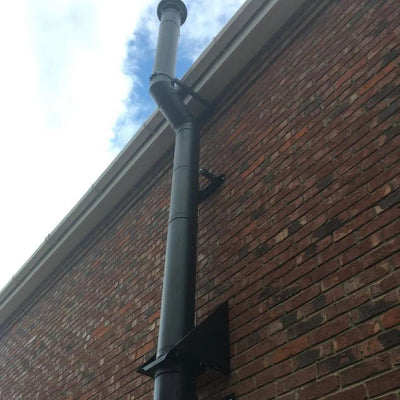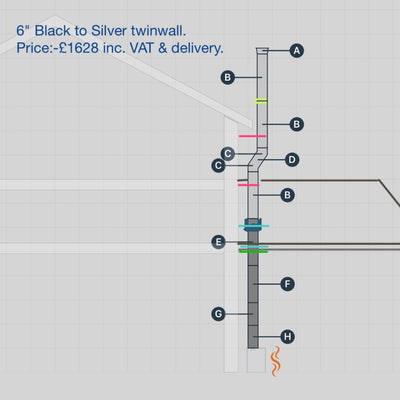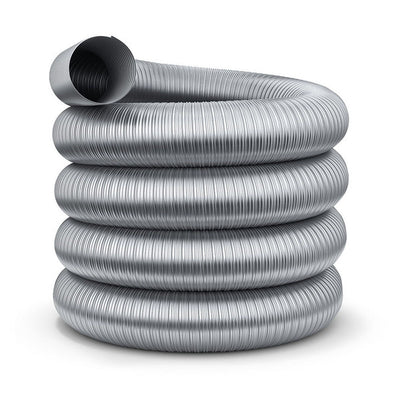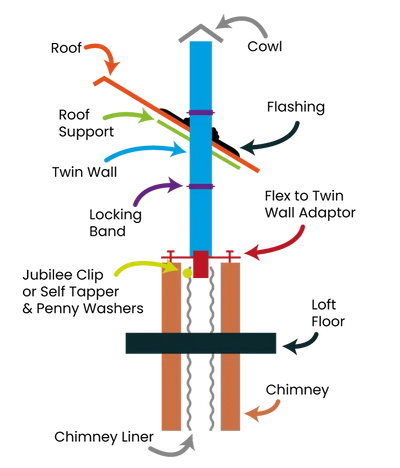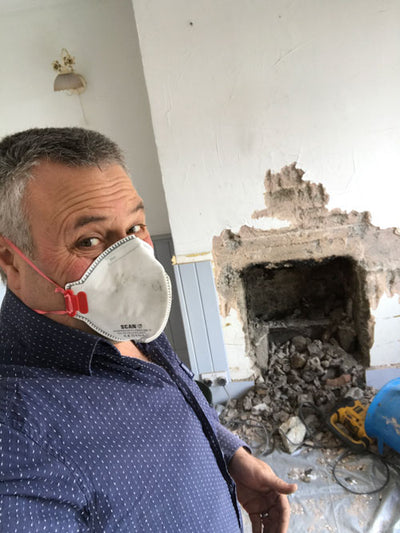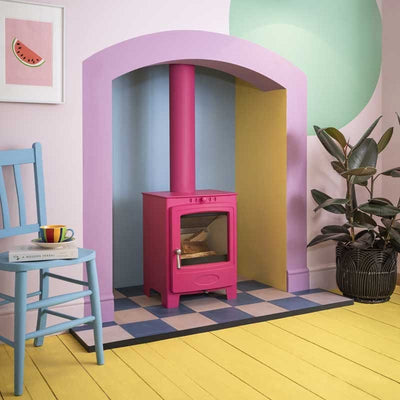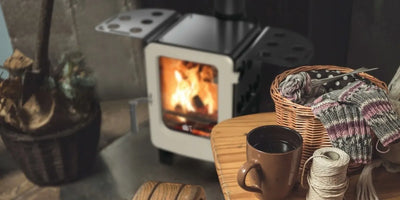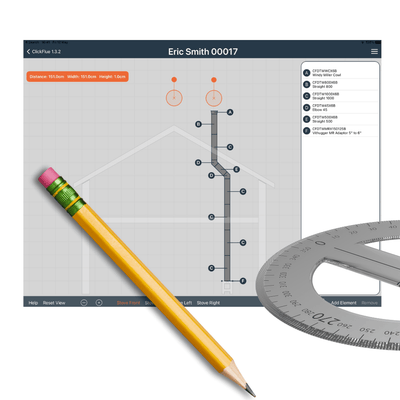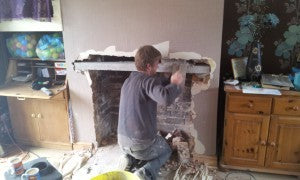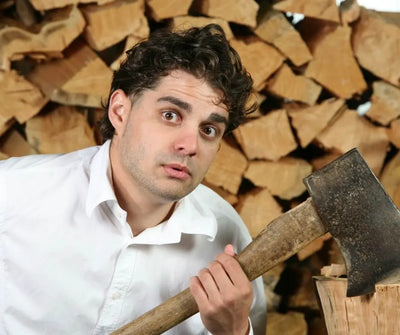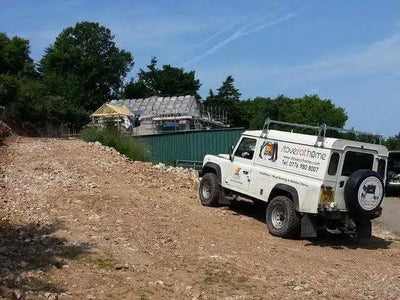Boiler stoves that heat radiators: what are they?
5 mins
Boiler stoves that heat radiators: what are they?
When you first look at a solid fuel plumbing diagram it can, if you are not a plumber, look a little daunting. This section of the Stove Fitter’s Manual is designed in such a way that, should you read it step by step, you will gradually build up a picture of a circuit a little at a time. Then, when you look at a plumbing diagram for “a typical system” you will understand it (hopefully). It is really not complicated.
What is a boiler stove?

Simple bolt-in 2 pipe stove back boiler. Looking at the stove from the front: the smaller flat panel on the left faces against the rear wall of the stove with the small protrusion passing out of the bottom left of the stove. The bigger protrusion would pass out of the top right of the stove. The angled large panel takes the full heat of the flame. The panels are hollow.
A wood burning or multifuel stove can, if it is fitted with a boiler, be used to heat a cylinder of water (for domestic hot water such as taps/bath/shower etc.) and/or one or more radiators.
A boiler is a metal box with water in it (it’s that simple) – it can be as simple as a cavity that is bolted within the stove. This box will have two (or four) pipes that protrude through the rear of the stove ready to be attached to plumbing pipes. This style of boiler might be pre-fitted within the stove or sold as an add-on for the customer to fit themselves.
A stove might be designed with a “water jacket”. in this case the body of the stove has a cavity that can be filled with water (usually this cavity is in the rear and sides of the stoves and hence a common term for these boilers is a “wrap-around boiler”).
Stoves with boilers should never be lit without being connected to water.
Boiler stoves are connected to cylinders or radiators using copper pipe and usually supplied with water from a header tank (often in a loft).

Is a boiler stove right for my situation?
There are a number of things to consider and we will look at these briefly below:
Firstly: A simple boiler stove system (oft called a wet system) is, in my opinion, a wonderful way of heating a home. The technology is very simple and there is very little to go wrong. Adding self-sourced fuel to a cosy fire and having hot water and a few rads fire up is very satisfying.
There is no such thing as free energy: I often hear people say “well the stove will be running anyway so might as well have a few rads running off of it”. Well you cannot create energy from nothing. Each item connected to your stove needs energy and energy is created by burning logs (or smokeless fuel). If you put X amount of logs on per hour you will warm the room the stove is in. If you want to heat one radiator you will be adding X logs more, two radiators XX logs more, plus a cylinder XXX logs more. Stoves, radiators and cylinders eat fuel. If you have access to free wood (some landowners do) then things are looking good – but remember that it requires chopping and storing and drying. A house that has five or six radiators and hot water requirements can easily use a stacked wheelbarrow full of wood over a long cold day. I have fitted two boiler stoves to a property with 20+ radiators (the guy owned his own copse). I have also fitted a stove with no cylinder and just four radiators.
Cost and upheaval: A typical wet system can take two people between one and two weeks to install (depending of course on many factors). Some floorboards often have to be taken up. A heat sink radiator usually has to be added (one rad that is always on if the stove is on). In my opinion cost is usually higher than people envisage. The easiest properties to deal with are small properties and those where one can start a system from scratch (e.g. a gutted property), especially properties with no existing heating system. Integration with existing systems is complex and will add difficulty and expense. Rarely have I fitted a boiler stove in a nicely decorated suburban home (maybe its the upheaval or possibly the mentality or maybe just the fact that they more often than not have access to mains gas?).
Can I integrate with my existing boiler? Almost always the answer is yes. But the cost and upheaval and space requirements will likely put you off (is the usual outcome in my experience). You can read more about this subject on this website.
Fitted incorrectly a boiler stove can be very dangerous. The main reason for this is that when water boils it turns to steam and increases in volume over 1600 times. If the steam has no escape route (suitably sized vent) then the stove or the circuit will explode. Another danger is if a system overheats to such an extent that water in a loft header tank boils and the tank collapses. All this is avoided if systems are correctly designed and safety features added.
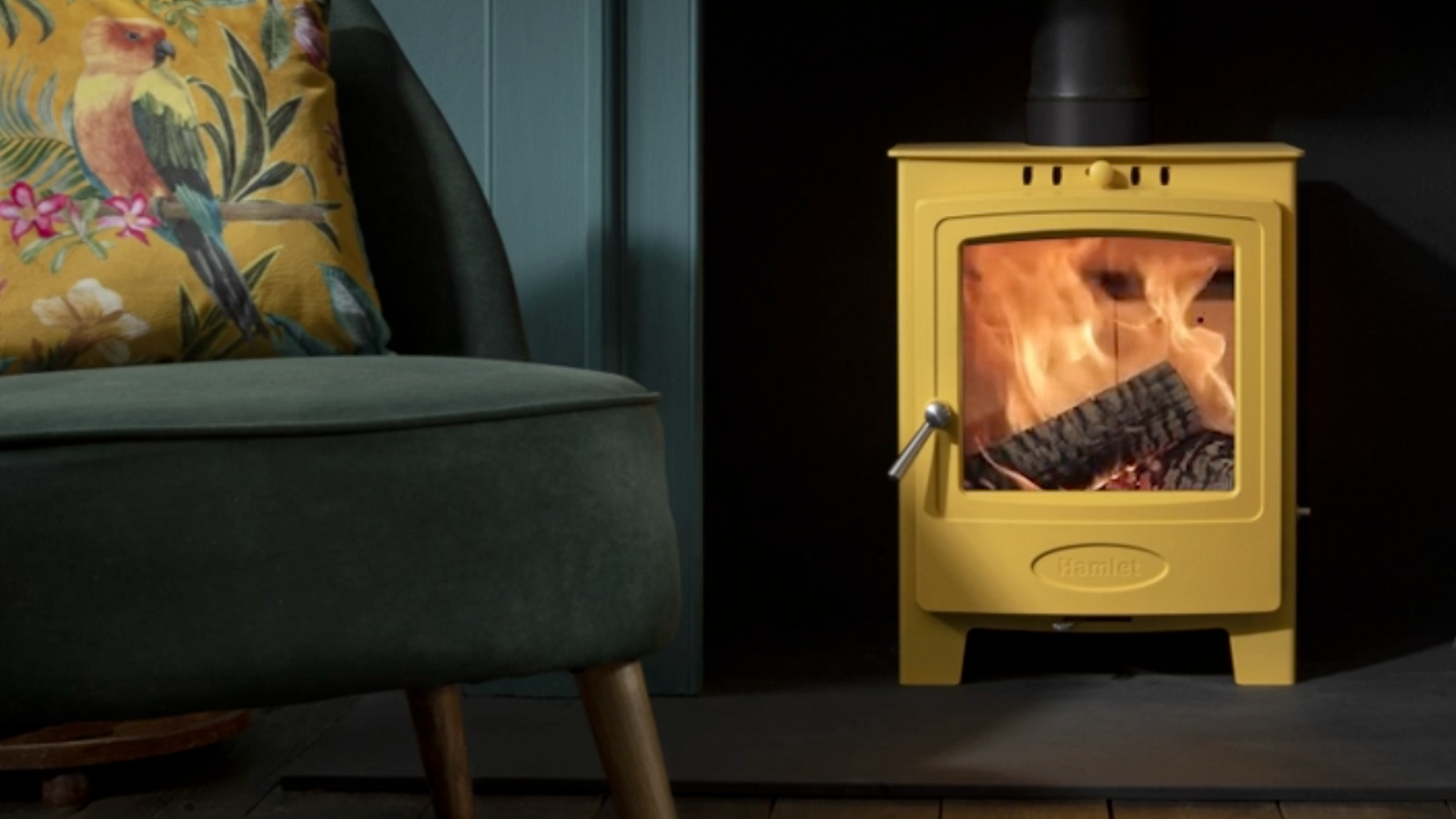
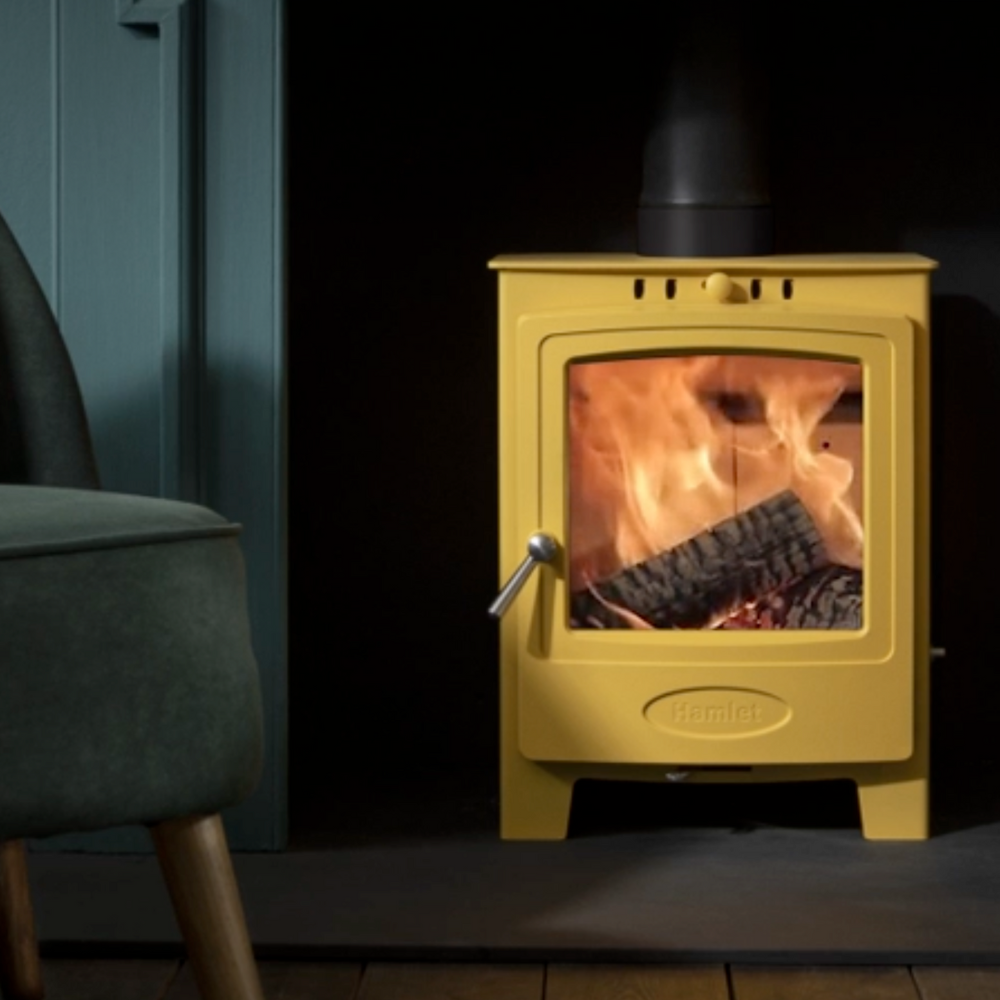
How to choose chimney liner & how much to buy


Installing a stove in a fireplace - what do I need?
FAQs
See all FAQsCosts correct as of April 2023:
Approx. costs if you have a chimney and fireplace ready to use: £750-£1,000 (save £500 by self-installing).
Approx. costs if you have a chimney but need the fireplace "opening up": £1,600-£2,200 (save £1200 by self-installing).
Approx. costs if you do not have a chimney and need a clip-together flue: Shed £475-£700. Bungalow £1500. 2-storey house £2500. Save £1,000-£1400 by self-installing.
Above figures include labour and materials but no appliance.
We, of course, advise you to purchase your stove and materials from Stovefitter's to ensure quality goods are installed (some installers use budget materials to increase margin). If you buy your stove from us (rather than your local small shop or installer) we have a lot more power when approaching manufacturer's with a warranty issue. Why is that? Because we buy many hundreds of stoves a year from these brands.
We do not fit stoves.
But we know a few who do!
Google: Hetas installers
Hetas are the trade body of registered UK installers.
Most installations will require that you slide a chimney liner down your chimney (flexible metal tube 5" or 6" in diameter). Do you have a narrow chimney and want to lessen the risk that a liner might not go down your chimney? Then make sure your chosen stove can use a 5" liner.
Must I line my chimney? Best read this article but most likely the answer is yes. Do I have to fit a chimney liner?
DEFRA-Exempt wood burning stoves with a 5″ collar can usually be fitted to a five inch liner rather than the usual 6″ minimum, making the installer's job much less stressful.
ALL OF THE 5KW STOVES WE SELL CAN BE FITTED TO A 5" CHIMNEY LINER.
I seriously suggest any self installer fits a 5" liner unless they know their chimney is large enough for a 6"!
What is the best chimney liner? Silvacore 904 (we sell it so of course we will say that ;-). What is the best chimney liner?
Useful links
Will your stove require an air vent within the room (some stone walls are very difficult to drill)?
5kW or under and wood burning stoves often do not require an air vent (new builds always require an air vent).
Useful links
What is the maximum output in kW of your "5kW" wood burning stove? The majority of manufacturers just specify the “nominal output” and this figure means very little in real life. The nominal is a figure the manufacturer chooses to sell the stove at - the stove is capable of reaching at least this output with one fuel load. Nominal means "capable of". But it is not the maximum.
Check out the size of the area where the logs will go (firebox size) as this varies enormously. The kW output is completely dependant on the amount of logs burning at any one time - more logs burning equals more heat. If you can fit three logs in stove A and just two logs in stove B then stove A will be capable of throwing out 33% more heat.
DO NOT TRUST MANUFACTURERS’ kW RATINGS as manufacturers specify what output they desire to sell the stove at and testing allows for much “playing with the figures”. This is why you can get very small 5kW stoves (e.g. Aga Little Wenlock) and very large 5kW stoves (e.g. DG Ivar 5 by Dik Geurts which is actually rated 5kW but has a MUCH larger firebox than the Ekol Crystal 5 by Ekol Stoves). A Crystal 5k might get to 5kW and not be capable of any higher whilst a DG Ivar, despite being rated at 5kW, can get to 8kW with a full fuel load.
Note that, over time, one might damage the internal firebricks of a stove by running at a higher load than the manufacturer's suggest. Firebricks are easily replaceable.
Useful links
Will your wood burning stove fit in your recess WITH the required air gaps around it? This is obviously not an issue if your stove will be freestanding.
Air gaps to non-combustible materials (brick, stone etc.) are usually "as close as you like" legally but manufacturers will sometimes specify a recommendation. This recommendation is there to allow heat to escape from the recess into the room - so you get the heat benefit rather than the heat soaking into the building structure and being lost. If no gap to non-combustibles recommended then we suggest 50-100mm air gap left and right of stove, 50mm behind and 100mm above.
Are you in a Smoke Control Area (usually built up areas)?
Choose your stove accordingly.
A stove must be DEFRA-Approved if you wish to burn wood in a smoke control area.
ALL OF THE STOVES WE SELL ARE DEFRA APPROVED FOR SMOKE CONTROL AREAS.
In simple terms if a stove has an efficiency rating of 70% then 30% of the heat from your logs goes up the chimney.
If a stove has an efficiency rating of 90% then only 10% goes up the chimney.
So think of this in terms of how many logs you have to chop/buy.
Example: A Saltfire Peanut 5 by Saltfire Stoves in Dorset has an efficiciency of 80%.
A tall chimney (6m or more) that is lined will be happy with an efficient stove.
Efficiency importance can be said to be overrated and anything between 75% and 85% is fine. Go much higher and performance can actually suffer (smoke in room when opening door to reload, blackening of glass).
Many modern stoves can go on 12mm thick hearths. Others require full, 5″ thick constructional hearths. All of the stoves we sell state whether or not a 12mm hearth is suitable.More about hearths for wood stoves here.
Helpful links
Can you can talk to somebody on the phone should you need to after the wood burning stove has been delivered, especially if you are self installing? Will the staff at “wesellzillionsofstoves.com” be able to assist with any installation issues? What if there are any problems after install?
Do yourself a favour before ordering stoves or materials on the Internet: Go to Trustpilot and type in the company name before you buy. Some companies advertising at the top of search engines are not good news - check for yourself.
When striving to find thebest 5kW wood burning stovesyou will likely be bewildered by the choice. There are many to choose from. The question I get asked most in our shop is “why should I pay <£1,000> for this one when this other one is just <£500>?”. Here is the very simple answer:the cheaper wood stoves are made in Chinaor Eastern Europe whilst the more expensive are made in Western Europe (or sometimes the USA). Here are a few examples where a more expensive stove might excel over a cheaper stove:
- Aesthetics (more time spent on design)
- Hinges (sometimes hidden on more expensive stoves)
- Better quality glass
- Thicker steel (longer life)
- Improved door locking mechanisms
- Longer warranty
- Improved controllabilty of flame due to more resource invested on design of air flow within stove
- Brushed steel fittings instead of cheapy chrome look
Open and close the door on a cheap Chinese stove. Then open and close the door on a DG stove, Arada stoves, Woodford stoves, Hamlet stoves or Saltfire stoves. You’ll understand the difference.
Stove pricing reminds me of wine pricing. A £20 bottle of wine is not double the quality of a £10 bottle of wine (the drinking experience might be improved by 20% as an example). We are talking “the law of diminishing returns here. They are all “fire in a metal box” at the end of the day.
Yes. However, there are specific regulations and restrictions in place to address air pollution concerns, particularly in areas designated as Smoke Control Areas. In these areas, only approved "smokeless" fuels or exempt appliances, such as Defra-approved wood-burning stoves, can be used. These stoves are designed to burn wood more efficiently and produce fewer emissions.
All the stoves we sell are DEFRA approved and Eco-design approved and suitable for all areas of the UK.
Terminology
View all TerminologyA stainless steel tube, slides down a brick/stone chimney to provide a smooth and safe route for smoke.
All of our stoves are approved by DEFRA to burn wood in all UK locations including Smoke Control Areas (towns and cities). Not all stoves are, so be careful if buying elsewhere.
All of our stoves are ECODESIGN approved to be sold in the UK. Not all stoves are, so be careful if buying elsewhere. ECODESIGN is mandatory by law since January 2022.
The base your stove sits on.
If the chimney is the polo mint then the flue is the hole.
More buying guides
View All
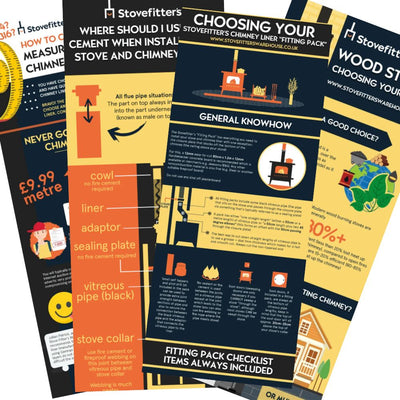
How to choose a wood burning stove for your property (includes infographic)
Infographics

What size wood stove do I need? Don't let manufacturers fool you!
Buying Guides
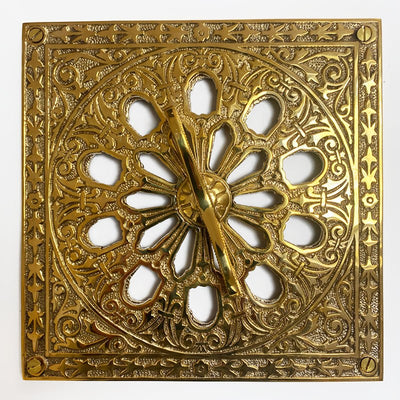
Do I need an air vent for a wood burning stove? If I do not bother?
Buying & DIY

Knowledge Tree: Process of buying and installing a wood burning stove
Buying & DIY
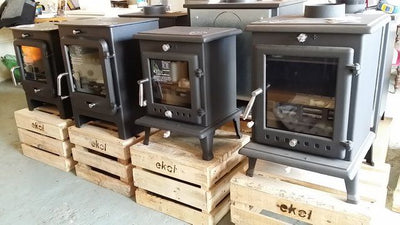
Chinese wood burners – should I buy one or are they all crap?
Buying Guides

What else do I need to buy to install a wood burning stove?
DIY Guides

Infographics for wood burning stove purchase and install
Infographics
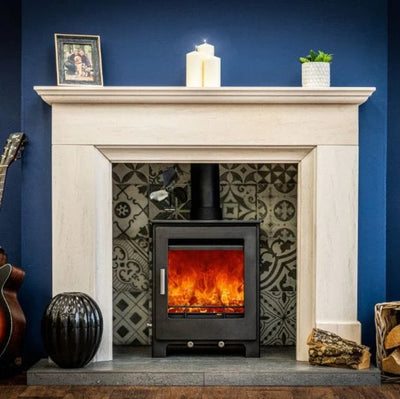
Wood burning or multifuel stove? A stove fitter decides.
Buying Guides
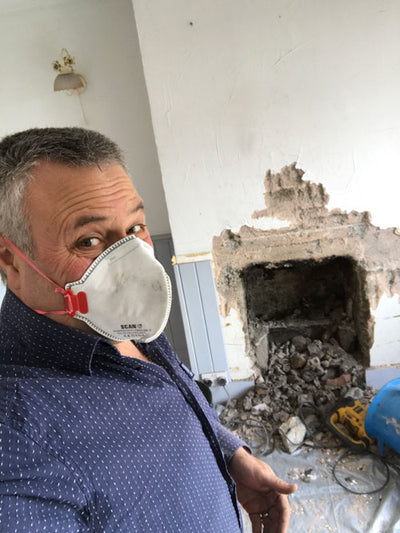
A few words from Julian
Buying & DIY
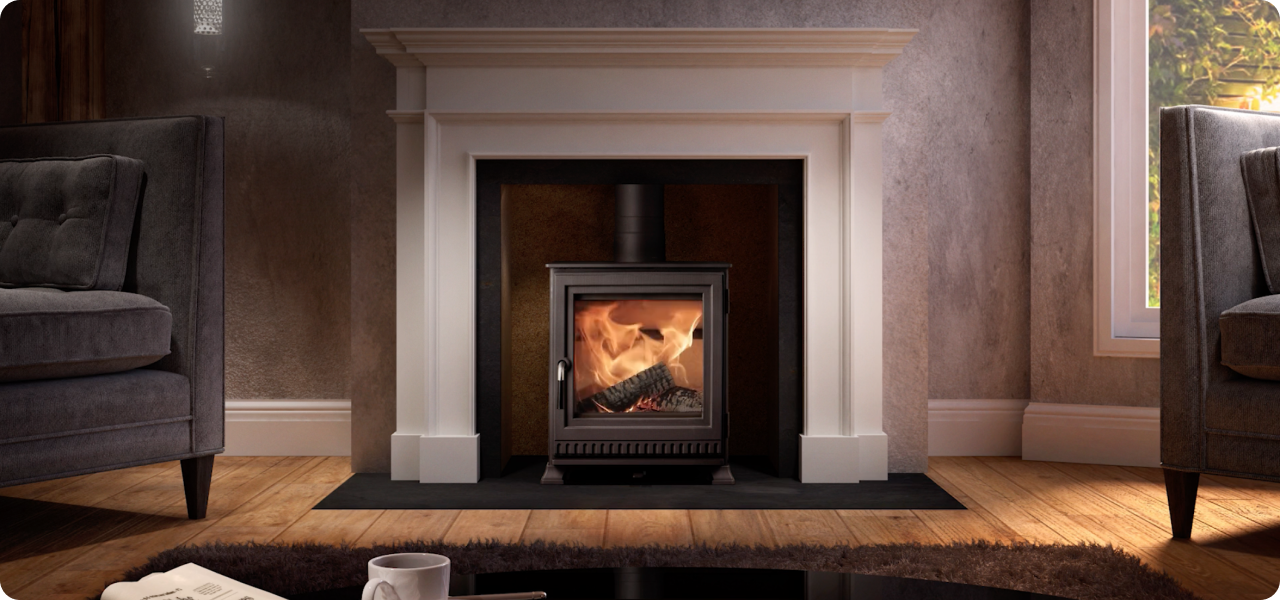
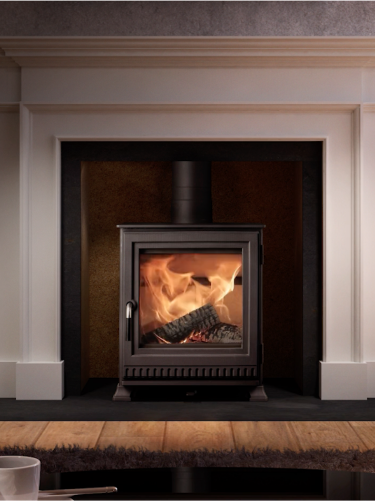
Find my perfect stove
Answer 3 simple questions and we will show you the best Stoves for your space.


